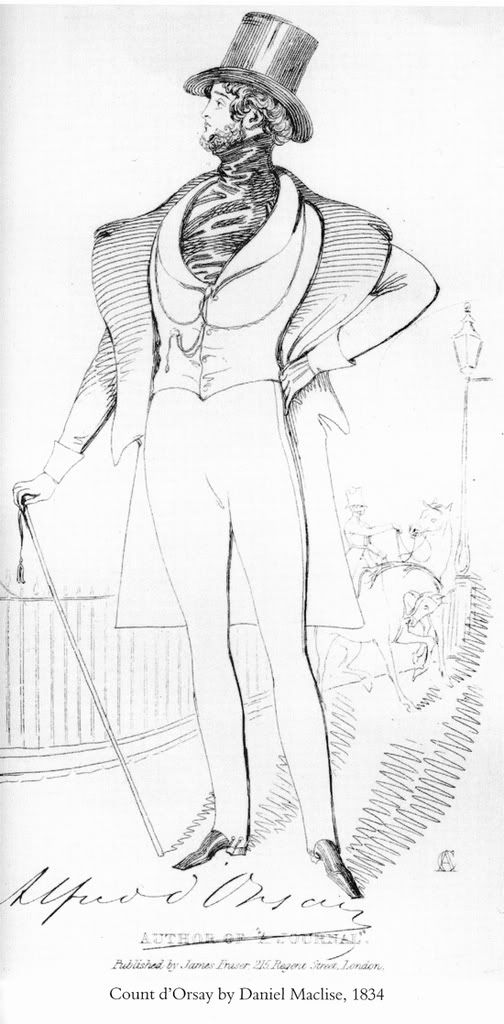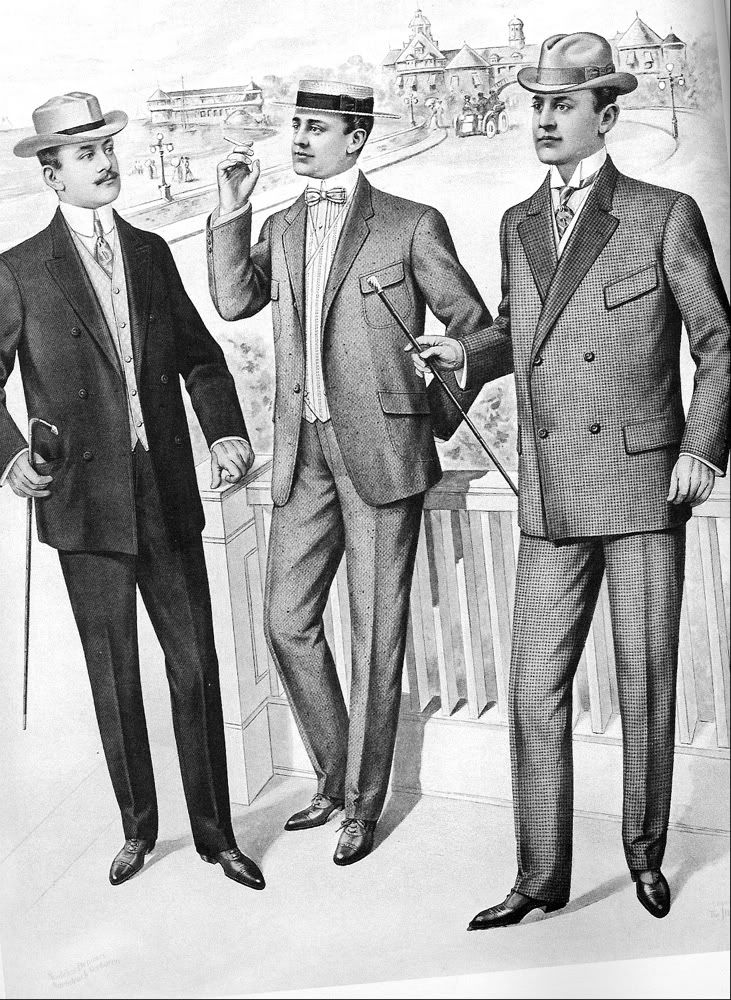- or why are you dressed in your underwear?
Ours is an age in which most people wander around happily dressed in their underwear. It may come as a surprise to you that you might be doing just that right now. However, both shirts and t-shirts were originally considered to be forms of underwear. Yet for many people today they have become acceptable forms of dress. Traditionally, a shirt had to be kept underneath a coat with as little of it showing as possible. That is the origin of the rule about always keeping a coat buttoned up unless one wore a waistcoat underneath. As for t-shirts – they were never meant to be seen. Today, people consider it so normal to be dressed in their underwear that nobody stops to consider that is what they are indeed doing. Even the tie is seen by an increasing number of people as a superfluous item of “over dress” thus removing the last vestige which kept the underwear from being worn on its own. It might seem that this cult of undress – indeed even of nudity – is an affliction unique to our age. Surprisingly, that is far from the case. For history tells us that since the dawn of the modern age of dress with the French Revolution, that ours is the Second Age of Nudity.
The French Revolution precipitated a crisis in dress when extravagant court dress was suddenly villainised as the costume of the “Enemy of the People”.

Motivated in part by a desire to avoid the guillotine, the upper classes rapidly took to wearing the country dress of the English upper classes, who remained in their country estates, unlike their French aristocracy who congregated around the court of Versailles.
This plate from c.1803 depicts the Frenchman torn between the court dress of the past and Anglomania with its country styled equestrian dress:

English styled country dress vanquished French styled court dress. Ever since then this process of the villainisation of fine dress has perpetuated itself to the point that the only way to avoid appearing overdressed has become to dress in ones underwear.
What is surprising is that this cult of nudity had its first cyclical appearance after the French Revolution. This was an age when an interest in the humanism of the Classical world represented a means of rebellion against the stuffy conservatism of the modern one. The great rage of Neo-Classicism in the arts involved a celebration of the sensual beauty of the human form. The odalisque by Ingres is a typical example:

Fashion took its inspiration from the arts in striving for a nude ideal, which brought out the natural beauty of the human form. In women’s fashion it was said, “nakedness dresses woman best”. Women wore thin muslin dresses which even today look like nighties:


Modern commentators never fail to note how many of the muslin dresses could be worn today with only a little modification; so modern are they in their appearance. It was initially considered scandalous at the time. Even a light shower of rain would result in a “wet t-shirt effect” and all sorts of sensual delights would be revealed for all the world to see. It should be added that women wore virtually no underwear in that period. Fashionable young women were found dead in streets from hypothermia after going to attend balls in the cold of London. Women preferred to risk their lives than be unfashionable.
Men’s dress was hardly any different. Pantaloons were skin-tight and coats were waisted to the very inch of their lives.





Even coat sleeves were much tighter and narrower than what we are used to today. Above all styles were based around sportswear – pantaloons, riding boots, and coats with cutaway fronts for horse riding were staples of the man’s wardrobe, just as sneakers, polo shirts and baseball caps today. This was indeed the Age of Nudity with its Neo-Classicist delight in showing off the beauty of the human anatomical form.
Everything goes in cycles. The dawn of the Victorian Era ushered in a new age of reactionary conservatism. Frock coats became the main centrepiece of the daytime wardrobe, in severe Victorian black. Moreover, the frock coat had no equestrian or other sporting origin, and soon the riding coat with cutaway front was relegated to the status of the “dress coat” for evening wear, its equestrian origins being quickly forgotten.
It is particularly astonishing how heavily clad women became compared to a generation or two prior:

With the dawn of the twentieth century a new wave of social change swept in. The lounge suit, originally a form of beach and country resort wear, came to be increasingly commonly worn as city dress.
Even as late as the Edwardian era, conservative fashion plates took pains to always show lounge suits being worn in their 'proper' setting at the beach or country resort:

However, this picture of Harrods in 1909 shows that they were fighting a losing battle, as gentlemen started to wear their lounge suits into town alongside gentlemen who continued to only wear proper morning dress in town:

The reaction against the conservatism of the Victorian age resulted in a new casualness, which considered itself adequately dressed in beachwear set the dress tone for the twentieth century. This trend to casualness only became more pronounced as the century progressed. The biggest changes occurred in the 1960s - 70s – the age of student riots and hippies, after which even the lounge suit (beachwear!) started to be regarded increasingly as the monstrous formal dress of the Enemy of the People, as though it were a court suit from the Palace of Versailles. As though to avoid the guillotine one had to dispense even with the beach clothes and strip down to ones underwear. Off went the coat as the shirt and t-shirt were worn openly on their own. As the brick throwing Vietnam war protesters and hippies grew up to become the next generation of portly stockbroker and lawyer they continued the habit of dressing in their underwear, thus blessing the look with a kind of bourgeois respectability.
Modern man has thus been stripped down to his underwear, to live out the nude ideal. We must ask ourselves if the next generation will devise a way of dressing with a greater illusion of nudity than ever before. Or perhaps things will come full circle once more so that the Second Age of Nudity will be supplanted by a new age of conservative reactionary dressiness akin to the Victorian era?
